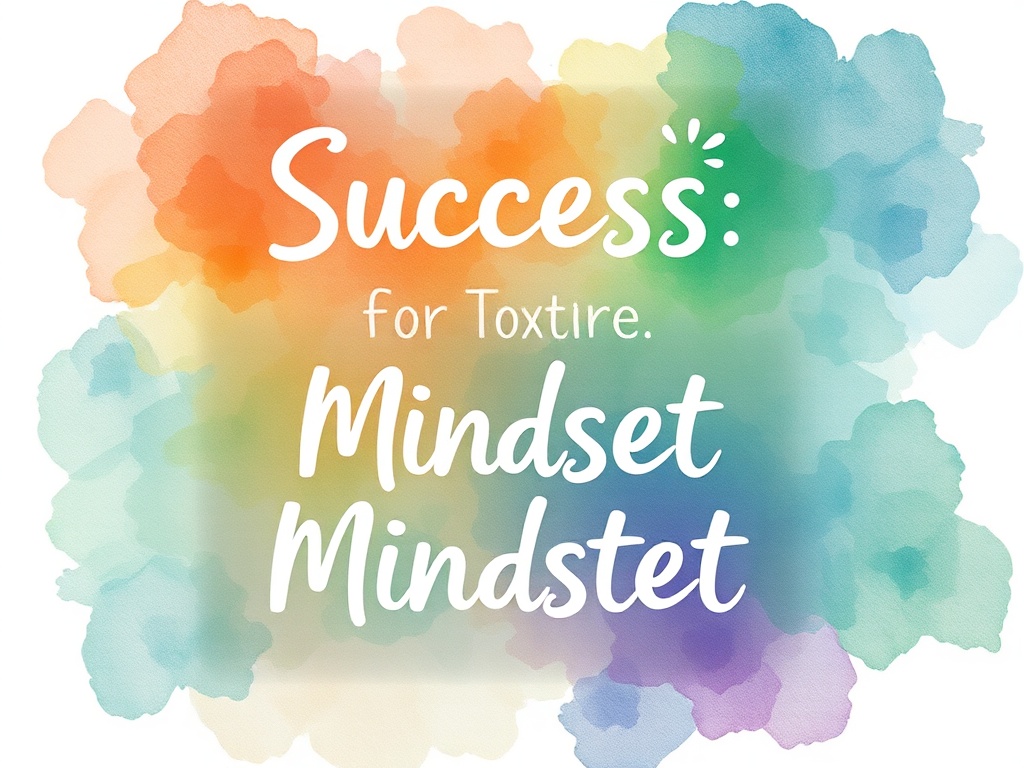A success mindset is the mental framework that separates steady achievers from those who drift. It’s less about luck and more about the way you think, react to setbacks, and organize your daily life. Cultivating this mindset turns intention into habit and potential into measurable progress.
Core elements of a success mindset
– Growth orientation: Believing abilities can improve with practice leads to persistent learning and risk-taking. People with a growth orientation embrace challenges rather than avoid them.
– Resilience: Bouncing back from setbacks quickly preserves momentum. Resilient thinkers focus on solutions and view obstacles as information, not verdicts.
– Clarity and focus: Clear priorities prevent energy leakage. Focused effort on high-impact activities compounds over time.
– Ownership and accountability: Taking responsibility for outcomes—good or bad—accelerates learning and reduces blame cycles.
– Habit discipline: Small, consistent actions build momentum.
Daily rituals anchor performance and reduce decision fatigue.
Practical steps to build a success mindset
1. Set outcome-driven goals with process plans
Define what success looks like, then map the daily behaviors that produce it. Instead of “I want to be healthier,” commit to “I will walk 30 minutes five days a week” or “I will prepare three balanced meals each week.” Goals paired with simple processes become non-negotiable routines.
2.
Reframe failure as feedback
When a plan falters, ask what the result is teaching you.
Break failures into specific, fixable components—timing, resource allocation, skill gaps—and iterate. A feedback loop shortens learning cycles.
3.
Design your environment for success
Remove friction for desired behaviors and add friction for distractions. Keep workout gear visible, use app limits for social media, and create a dedicated workspace.
Small environmental tweaks often produce outsized behavioral changes.
4. Use micro-habits to scale momentum
Start tiny. A two-minute habit—reading one page, doing a plank, clearing a single inbox—lowers resistance and builds identity: “I am someone who shows up.” Gradually increase scope once consistency is established.
5. Build accountability systems
Share goals with a peer, coach, or accountability group. Regular check-ins and public commitments raise follow-through rates by creating social and psychological stakes.
6. Prioritize learning and reflection
Schedule weekly reviews: what worked, what didn’t, and one adjustment to test. Continuous reflection prevents repetition of errors and keeps progress aligned with goals.

Mindset shifts that make the biggest difference
– From fixed to growth: Move from “I can’t” to “I can learn how.” This shift expands possibilities and reduces fear of failure.
– From perfection to progress: Aim for consistent improvement rather than flawless execution. Progress compounds; perfection stalls.
– From distraction to selective focus: Say no more often.
High performers allocate attention to a few core priorities that produce the majority of results.
Daily rituals that reinforce success thinking
– Morning intention setting: Spend five minutes outlining top priorities.
– Midday check-in: Reassess progress and adjust tasks.
– Evening reflection: Note one win and one lesson learned.
Adopting a success mindset is a deliberate practice. It’s not a single epiphany but a steady process of choosing actions that align with long-term goals.
Start small, iterate fast, and let consistent behaviors widen the gap between where you are and where you want to be. What one tiny habit will you commit to today to move closer to your definition of success?